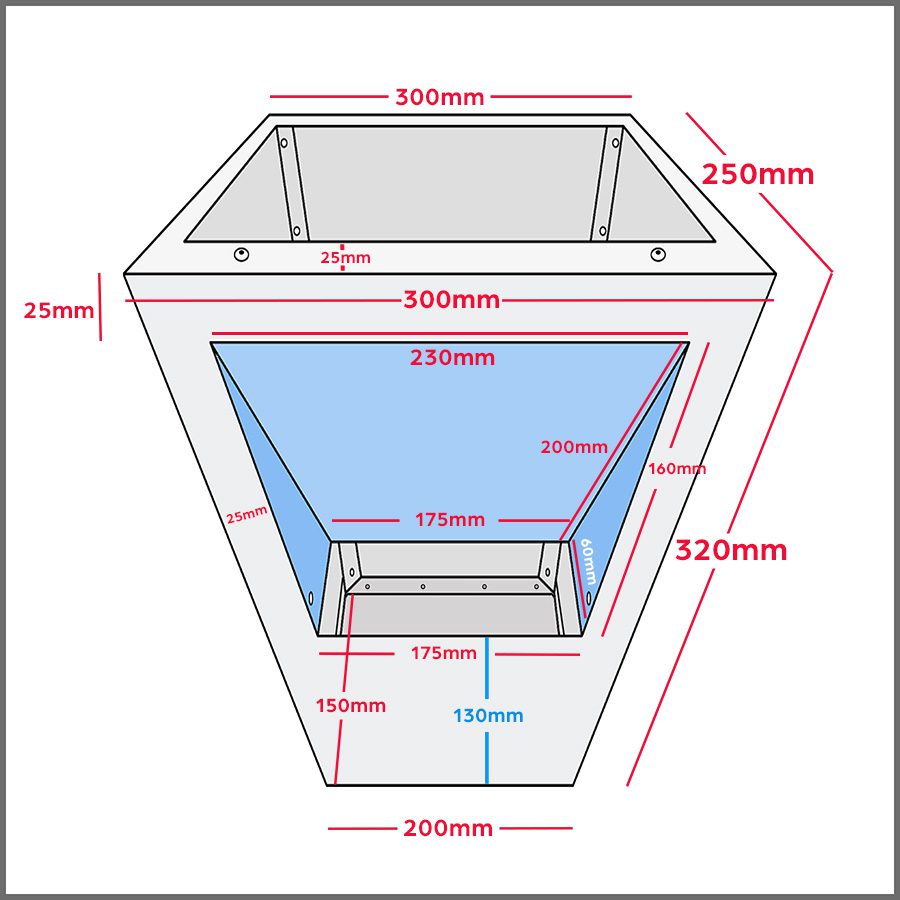Buy Gutter Sumps, Rainheads, and Box Gutters in Australia.
Buy Rainheads and Dambuster Rainheads – 1-300-564-612
Buy Custom Rainheads & Dambusters – Buy Online Now >
Gutters, rainheads, and box gutters are essential components of any building’s drainage system. In Australia, with its varied climate and heavy rainfall in certain regions, understanding these elements is crucial for both residential and industrial applications. This comprehensive guide addresses common questions and discusses key terms associated with these components to help you make informed decisions about installation, maintenance, and design.
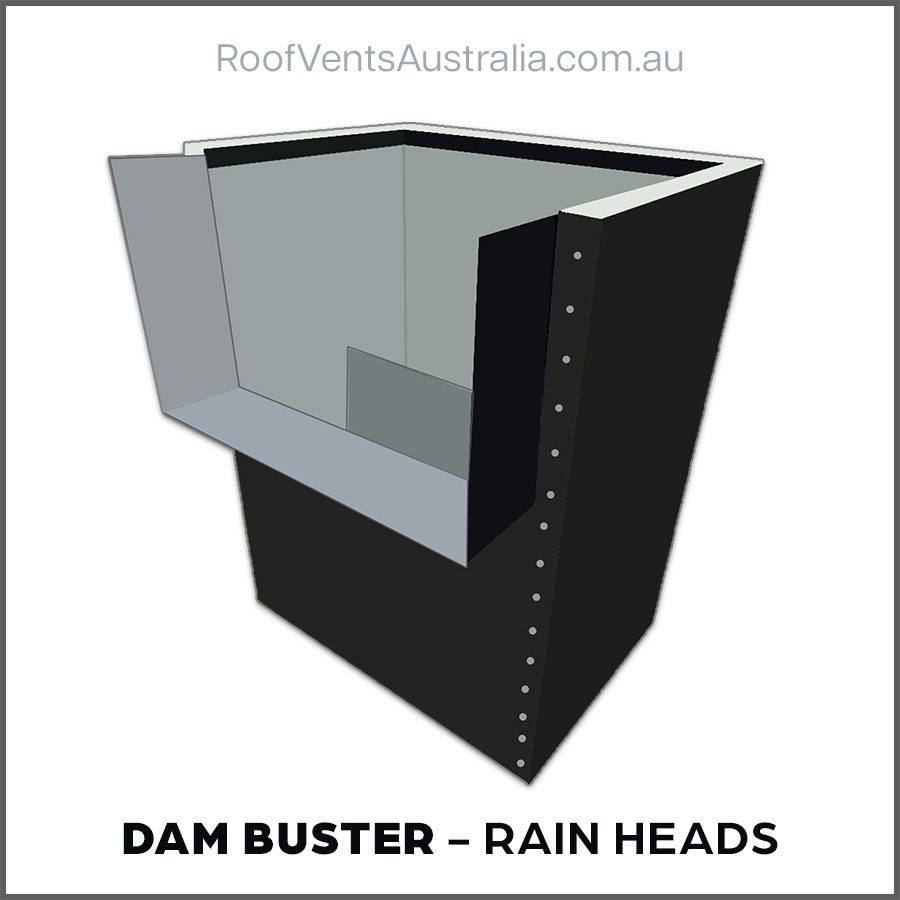
Sumps vs. Rainheads: What’s the Difference?
Sump
A sump is a low space or pit where liquids naturally collect, usually as part of a drainage system. In the context of roofing and guttering, a sump refers to a small reservoir designed to hold water temporarily before it’s drained away, often located at the lowest point of a system.
Rainhead
A rainhead (or rainwater head) is a container-like structure connected to a building’s gutter system that helps regulate water flow and prevents overflow. It acts as an intermediate step between the roof guttering and the downpipes, capturing excess water and controlling the rate at which it flows into the drainage system.
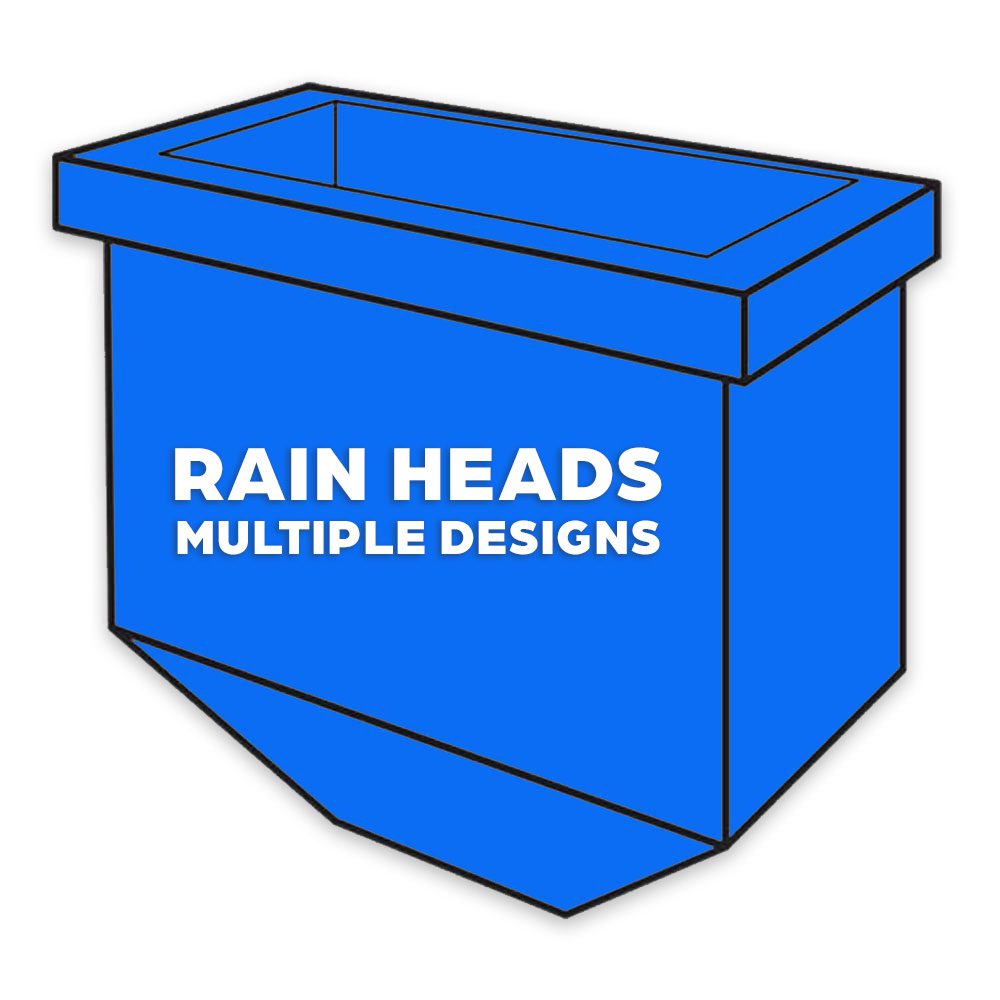
The primary difference between a sump and a rainhead is their function. A sump typically collects and stores water, while a rainhead is designed to manage the flow and reduce overflow risk.
Gutter Rainheads: Function and Installation
What is a Gutter Rainhead?
A gutter rainhead, also known as a box rainhead, is a component that helps manage water flow from gutters to downpipes. It serves as an overflow prevention system, reducing the risk of water backing up into the guttering system and causing damage to the building.
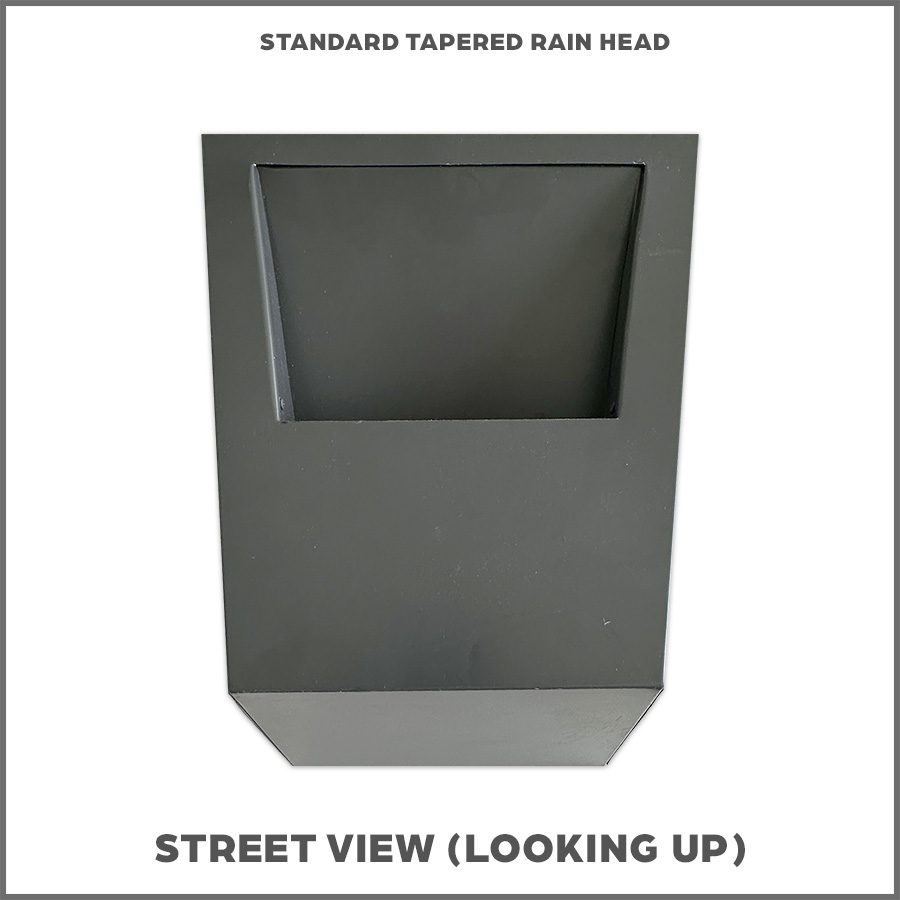
How Do You Install Rainheads?
Installing rainheads requires careful planning to ensure proper water flow and avoid structural issues. Here is a general outline for installation:
- Location: Position the rainhead at a point where gutters meet, typically at a corner or junction.
- Height: Install the rainhead above the downpipe entry point to allow water to flow freely.
- Attachment: Secure the rainhead to the building structure, ensuring it is stable and level.
- Connections: Connect the gutter system to the rainhead and the rainhead to the downpipes, ensuring secure connections to prevent leaks.
- Overflow Protection: Ensure the rainhead has an overflow outlet to manage excess water during heavy rainfall.
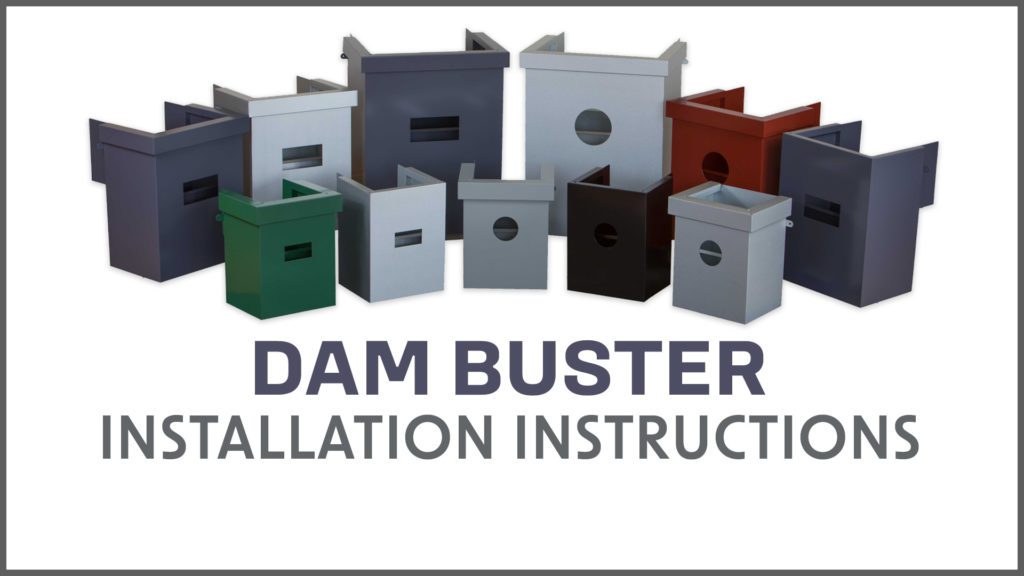
Pre-Painted Rainheads and Tapered Rainheads
Pre-painted rainheads come in a variety of colours, allowing you to match them to the building’s exterior. This can improve the aesthetics of your property without sacrificing functionality. Tapered rainheads are designed with a sloped base, promoting efficient water flow and reducing the risk of water pooling.
Box Gutter Sumps and Their Installation
What is a Box Gutter Sump?
A box gutter sump is a specific type of sump designed for box gutters. It collects water from box gutters and directs it to a downpipe or other drainage system. These sumps are typically located at the lowest point of the box gutter to facilitate drainage.
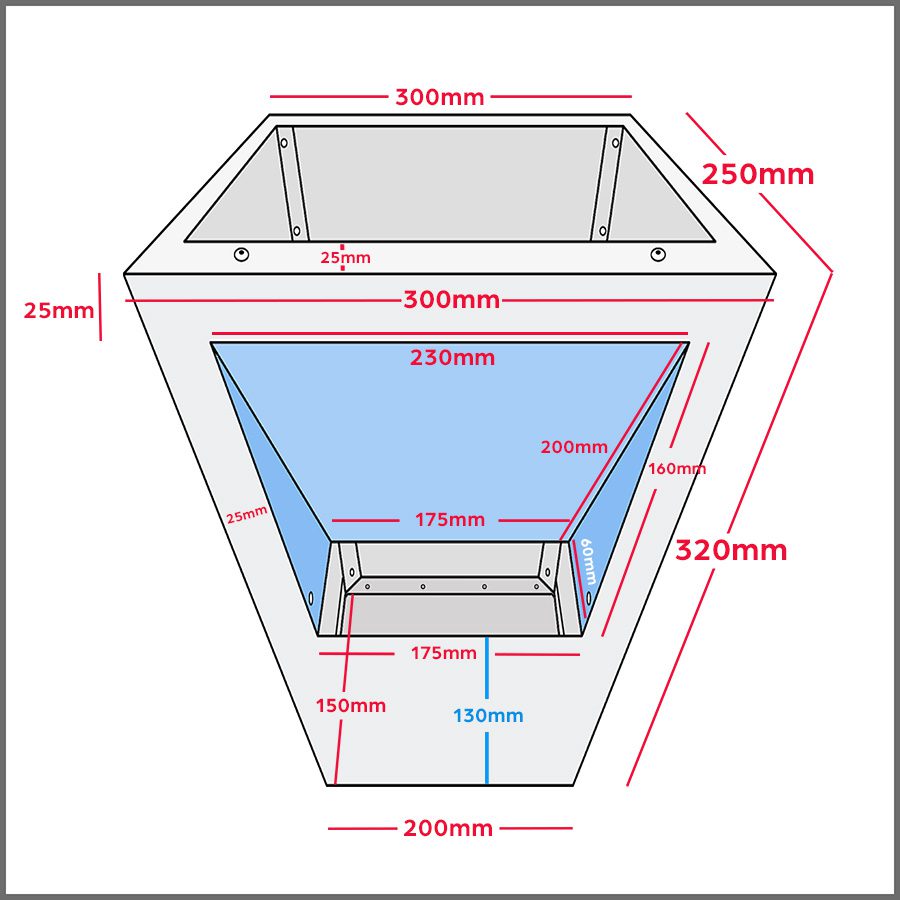
Minimum Depth of Box Gutters in Australia
According to Australian standards, the minimum depth for box gutters varies depending on the building’s requirements, but generally, a depth of at least 200 mm is recommended to ensure proper water collection and flow.
Disadvantages of Box Gutters
Box gutters, while effective, can pose certain challenges:
- Maintenance: Box gutters require regular cleaning to prevent blockages from leaves and debris.
- Overflow Risk: Without proper installation and overflow protection, box gutters can overflow during heavy rainfall, causing water damage.
- Complex Installation: Box gutters may require more complex installation and engineering compared to traditional gutters.
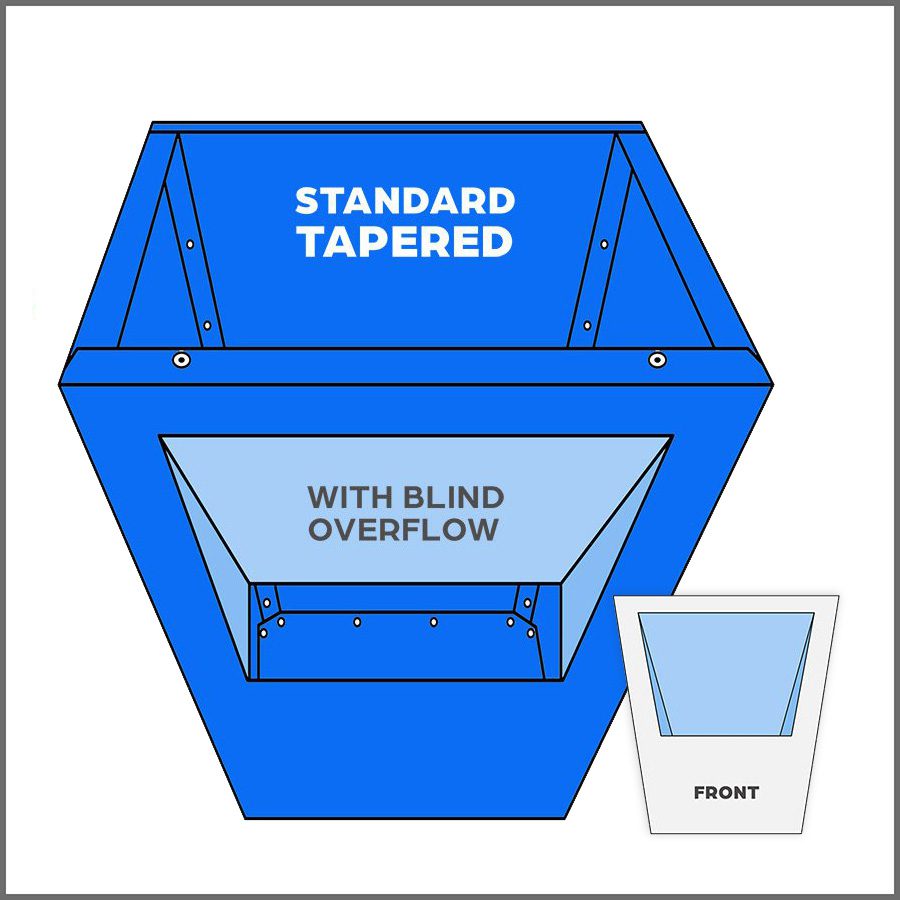
Gutter Design and Regulations in Australia
How Much Fall Should a Gutter Have in Australia?
Gutters in Australia should have a minimum fall of 1:500 (2 mm per metre) to ensure proper water flow. This gradient allows water to flow toward the downpipe without pooling.
Rules for Rainhead Overflow
Rainheads must have an overflow mechanism to prevent water from backing up into the guttering system. The overflow outlet should be positioned to allow excess water to escape safely, usually via a spout or similar structure.
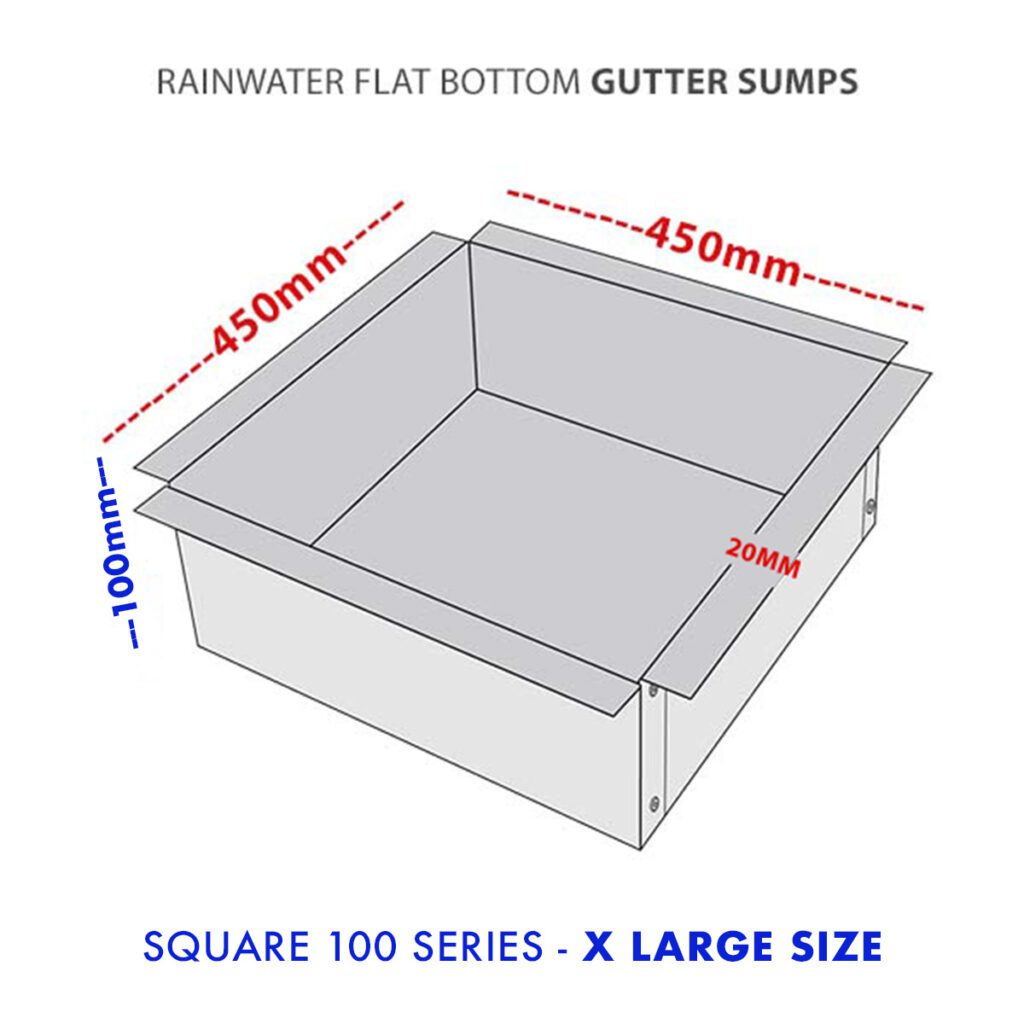
Australian Standard for Gutters
The Australian standard for gutters is AS/NZS 3500.5:2000, which outlines the design and installation requirements for plumbing and drainage systems. This standard specifies gutter sizes, gradients, and other essential criteria for safe and effective installation.
Additional Considerations and Applications
What is a Bussed Gutter?
A bussed gutter refers to a gutter system that incorporates multiple drainage points or downpipes, allowing for more efficient water flow and reducing the risk of overflow.
Scuppers vs. Gutters
A scupper is a drainage opening or hole in a roof or deck that allows water to drain away. Unlike gutters, scuppers do not have a continuous structure and are typically found on flat roofs or balconies. Gutters are designed as continuous channels to collect and direct water.
Rainhead Shower Heads
Rainhead shower heads are large shower heads that mimic the sensation of rainfall. These shower heads are often used in bathrooms and spa settings for a relaxing shower experience.
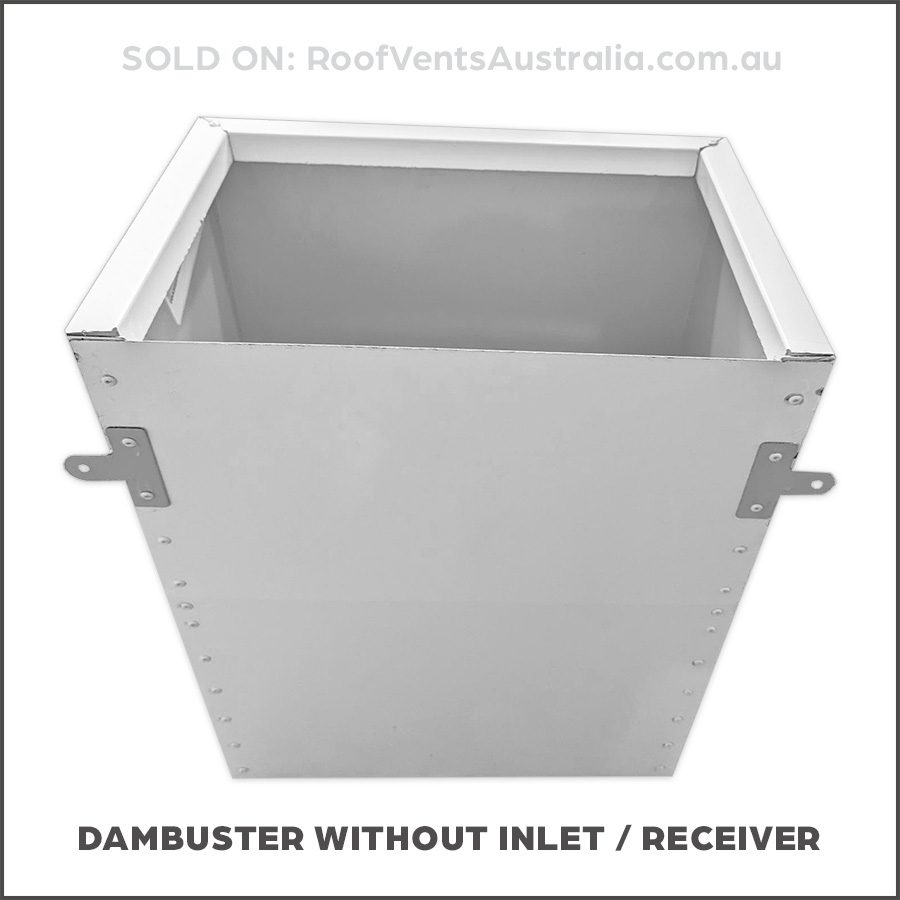
Rain Barrels and Rainwater Collection
Rain barrels are used to collect rainwater for reuse in gardens and other outdoor applications. This environmentally friendly practice helps conserve water and reduce the strain on municipal water supplies.
Super Gutters and Roadside Gutters
Super gutters are large-capacity gutters designed for high rainfall areas or commercial applications, providing extra drainage capacity. Roadside gutters, also known as kerb and gutter systems, are found along streets and roads to manage stormwater runoff.

Why is a Rainwater Head Used Between the Spouting and Downpipes?
Rainwater heads are used to manage water flow and prevent overflow between the spouting and downpipes. They act as a buffer, reducing pressure on the downpipes and minimising the risk of water damage to the building structure.
Conclusion
Gutters, rainheads, and box gutters play a vital role in managing water flow and protecting buildings from water damage. Understanding the different components and their applications can help you make informed decisions about installation and maintenance. By adhering to Australian standards and best practices, you can ensure a safe and effective drainage system for your property.
